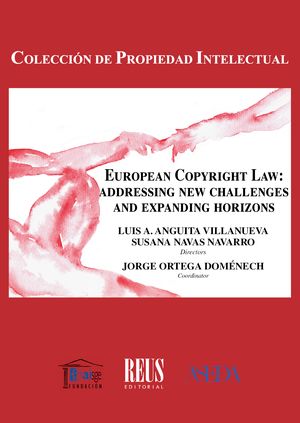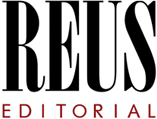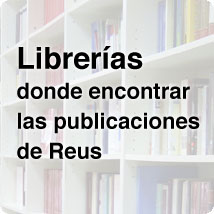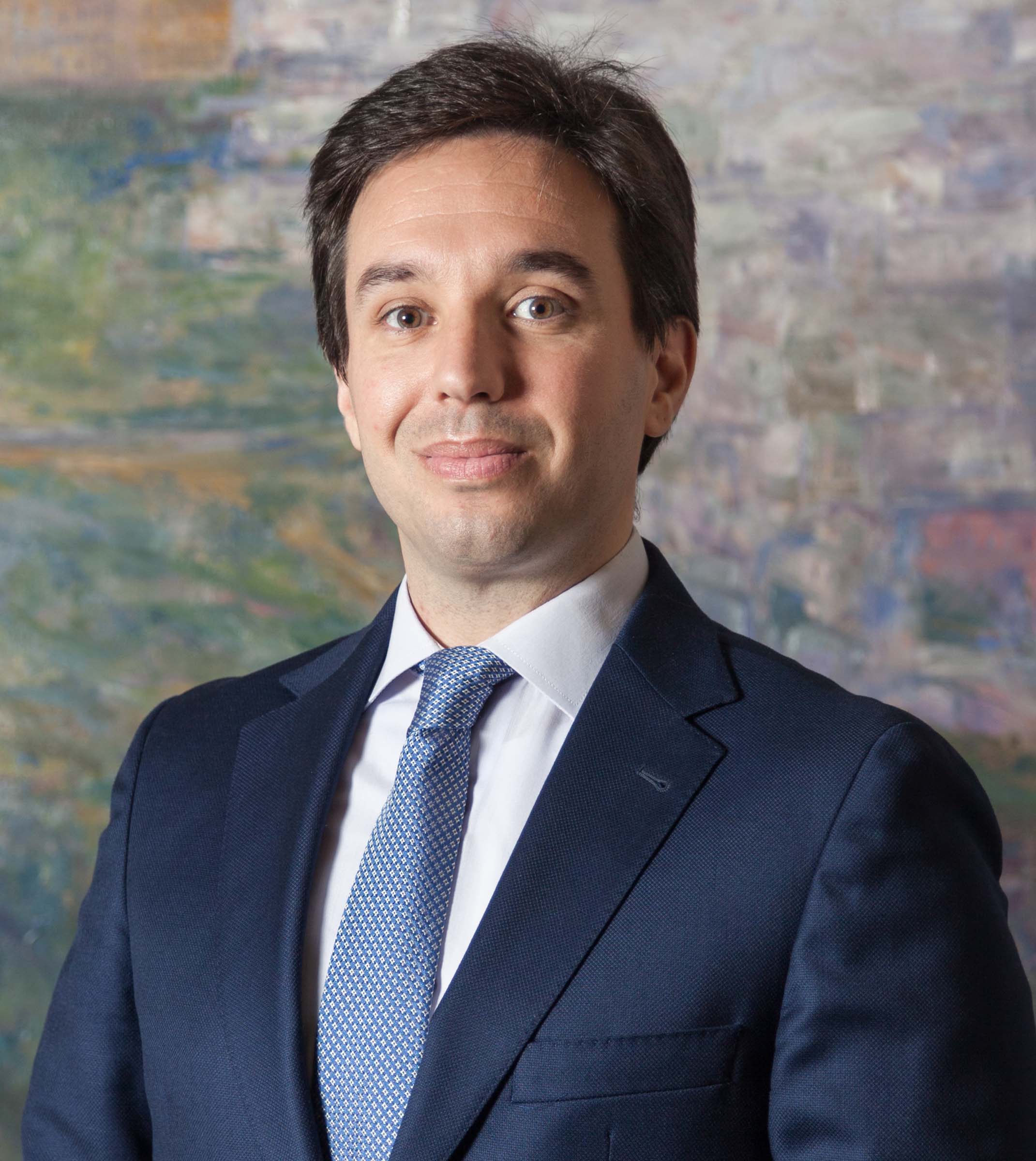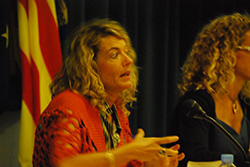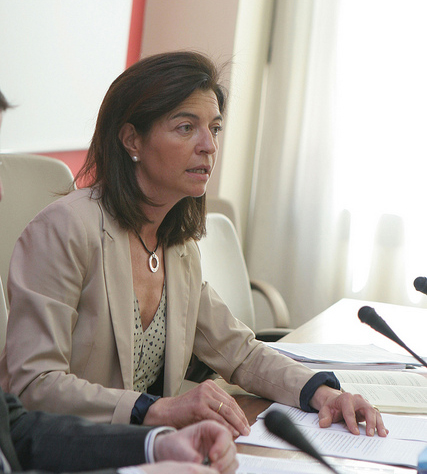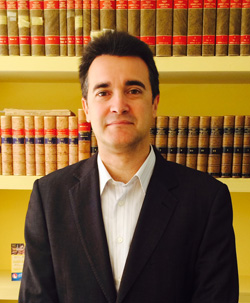Presentation
American Copyright vs. European Copyright Law, Eduardo Serrano Gómez
I. Introduction
II Authorship
III Creation
IV Moral rights
V Work for hire
VI Fair use
VII Conclusions
Current controversy over video games emulation: between nostalgia and copyright infringement, Jorge Ortega Doménech
I Introduction
II The impact of «retro emulation» on the video game industry
2.1. The emulation process
2.2. Legality of the distribution of old video games in the form of ROM files and the use of emulators, comparing the American and European legal regimes
2.2.1. The legal battle in the USA
2.2.1.1. Prior cases regarding the use of reverse engineering
2.2.1.2. Cases regarding the use of retro emulation
2.2.2. Emulation under UE legislation
2.3. Arguments for and against emulation
2.3.1. Arguments for
2.3.2. Arguments against
III Preservation and conservation of retro video games
3.1. Problem of conservation for video games
3.2. Benefits of preservation vs damage to copyright owners
IV Some conclusions: what is the legal solution for «retro» emulation?
Cultural heritage and copyright: friends or enemies in eu regulation, Luis A. Anguita Villanueva
I Introduction
II The treatment of culture and cultural heritage in the founding texts of the Union: original law
2.1. The Maastricht Treaty: Foundation Stone of the European Union and the Constitutionalization of Culture
2.2. Intermediate Treaties Leading up to the Current Constitutional Texts of the EU
2.3. The Treaty on European Union (TEU) and the Treaty on the Functioning of the European Union (TFEU)
III Derivative law and the interrelationship between copyright and cultural heritage
3.1. Directive 2001/29/EC of the European Parliament and of the Council of 22 May 2001 on the Harmonization of Certain Aspects of Copyright and Related Rights in the Information Society
3.2. Directive 2012/28/EU of the European Parliament and of the Council of 25 October 2012 on Certain permitted uses of orphan works
3.3. Directive (EU) 2019/790 of the European Parliament and of the Council of 17 April 2019 on Copyright and Related Rights in the Digital Single Market and Amending Directives 96/9/EC and 2001/29/EC
IV Conclusions
Performer’s intellectual property rights: a view from European Union Law, Isabel Espín Alba
I Preliminary remarks: employment precariousness of audiovisual performers
II Performers and intellectual property: European approach
2.1. International Protection of Performers’ Rights
2.2. European Copyright Law
III CDSM Directive and fair remuneration: its transposition in spain
IV Other concerns: special mention for artificial intelligence
V Conclusion
European online intermediaries and Copyright owners: new inconsistencies in identifying infringers and critical issues for the future of the safe harbour model, Sara Martín Salamanca
I Approach, evolution and disruptions of the safe harbour liability model for intermediaries in the European environment
II The copyright-infringing intermediary in the European digital environment: designing a fragmented, modular and collective choral safe harbour system
III Criteria for access to safe harbours in the general regulatory system of the intermediary service provider’s exemption from liability
IV Effect of the application and autonomous interpretation of the general system to the copyright area: is the harbour still safe for intermediaries in the praetorian model?
V Impact of a distinct model of intermediaries’ liability for copyright: the shift in balance between liability and exemptions
5.1. Decline of a stressed general regulatory system and changing winds
5.2. A separate and distinct model of safe harbours
VI Analysis and evidence of mismatches with the reality of specific cases and questions about the future
Copyright, academic publishers and the protection of independent knowledge, Teresa Rodríguez Cachón
I What sparked my questioning
II A disclaimer: my role onwards
III First things first. Introductory remarks
3.1. Data and Information Governance in the Present-Day Digital World
3.2. The Almost Unnoticed Shift of the European Copyright Framework: the Right Direction?
IV The power of technology: why not a debate in the field of research?
4.1. The Tyranny of Bibliometrics
4.2. Global Phenomenon of Platform Governance: Who Wins the Final Game?
4.2.1. General Landscape
4.2.2. Figures: That’s All
4.2.3. How this Picture has been Addressed Throughout Other Industries
V Access to knowledge movement, open science movement and related issues
5.1. Premises
5.2. My Reasons to Disagree with this Neverland
VI Final reflections (not conclusions)
VII Conflict of interests declaration
Generative artificial intelligence in the light of European and Spanish Copyright Law, Susana Navas Navarro
I Introduction
II The text prompt
III Output generated by the artificial intelligence model
3.1. The Legal Protection of Data
3.2. Open Science
3.3. The Interplay Between the Text-and-Data Mining Exception and the AI Act
3.3.1. The Text and Data Mining Exception in Europe and the Fair Use Doctrine in the USA
3.3.2. The Obligation of Compliance with the EU Law on Copyright and Related Rights by GPAIM Providers
3.3.2.1. Policy to comply with Copyright Law. Opt-out obligation
3.3.2.2. Summary of the content obligation
3.3.2.3. Obligation to transparency stipulated in Art. 50.4 AI Act
IV Copyright infringement in the training phase
4.1. Infringement of the Rights to Exploitation of Copyrighted Works and Other Subject Matters
4.2. Is the Output Protected by Copyright Law? The Relevance of the Service’s Terms and Conditions
V Conclusions
Navigating Copyright and a AI, text and data mining: legal implications and new trends, Elena Vicente Domingo
I Introduction to the topic and the context
II The question arises: why is an exception needed for TDM?
2.1. The Data Economy, the Reason for the TDM Exception to Copyright
III The incorrect incorporation of the Directive in Spain
3.1. The European AI Act of 13 June 2024 and Text and Data Mining (TDM)
IV New legal trends and best practices in opting out in copyrigted works
V Tech companies have already infringed Copyright using copyrighted works for TDM purposes
5.1. The New York Times vs. Open AI and Microsoft
5.2. Copilot Predicts the Verdict of the Trial
VI Provisional conclusion
Conceptualizing Copyright in the domain of edible artifacts, Santiago Robert Guillén
I Foundations of culinary authorship
II From ethics to law
III Copyright protection for culinary works
3.1. Original works, innovations and discoveries
3.2. The irrelevance of genre or type of work for access to protection
3.3. The culinary work
3.3.1. Originality as an intellectual reflection of the author’s creative choices
3.3.2. Precision and objectivity in the expression of the culinary work
3.3.2.1. Culinary works and culinary concepts
3.3.2.2. The representative form of culinary works
3.3.2.3. The issue of legal protection of taste
3.3.2.4. The protection of the visual form
IV Alternative frameworks for the protection of culinary creations
4.1. Registers of culinary creations
4.2. Legislative proposals for the protection of culinary creations
4.3. Food NFTs and blockchain in culinary innovation
V Concluding remark
Bibliographic references
